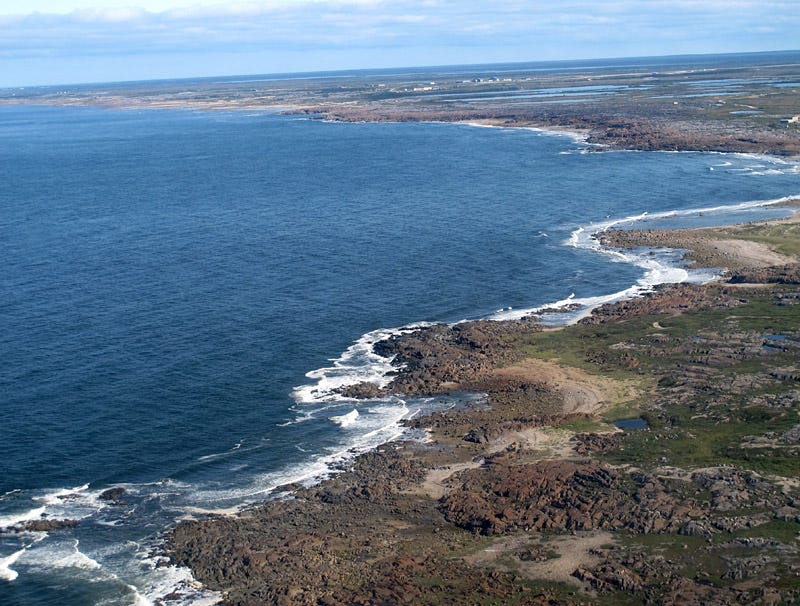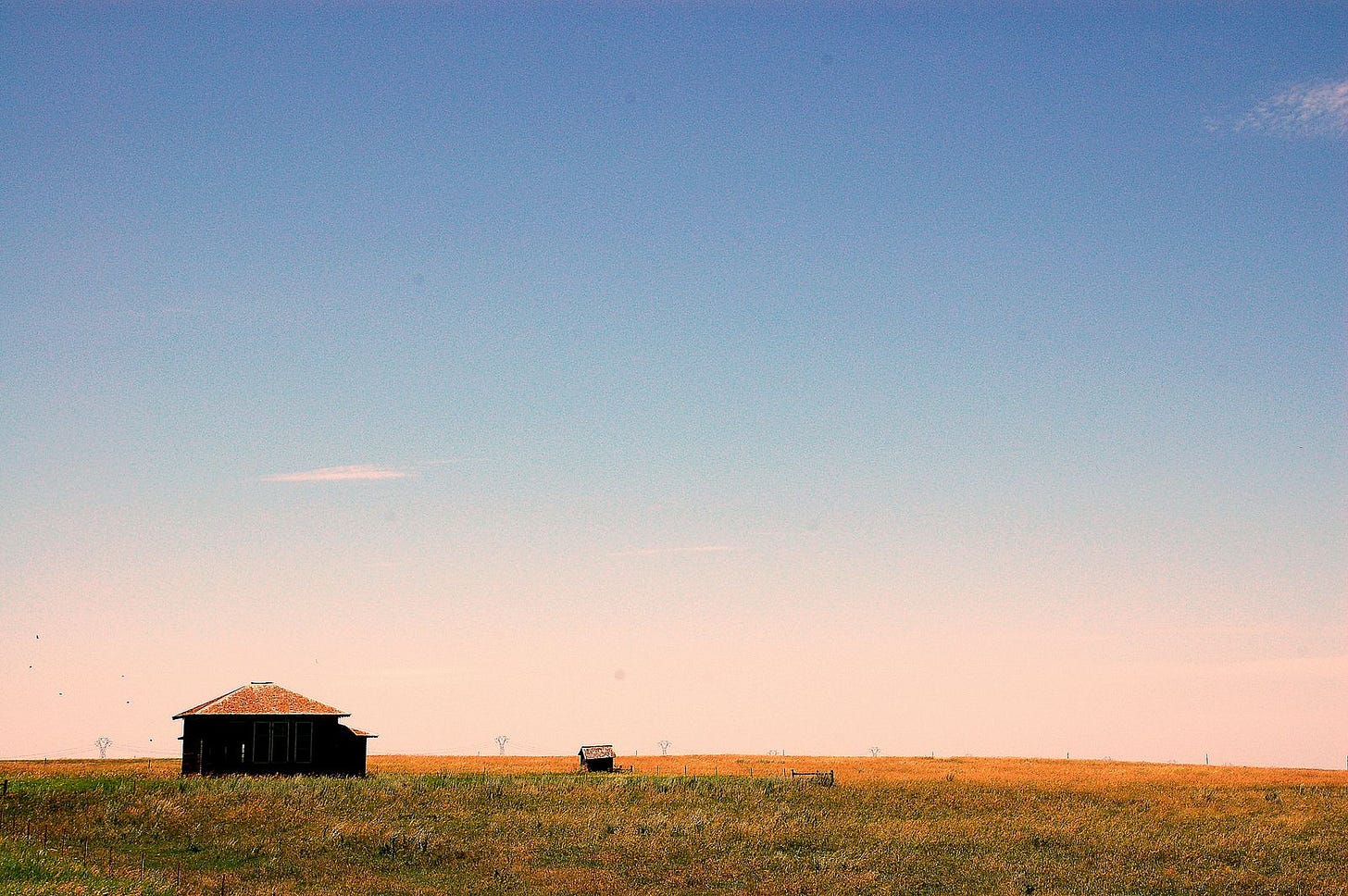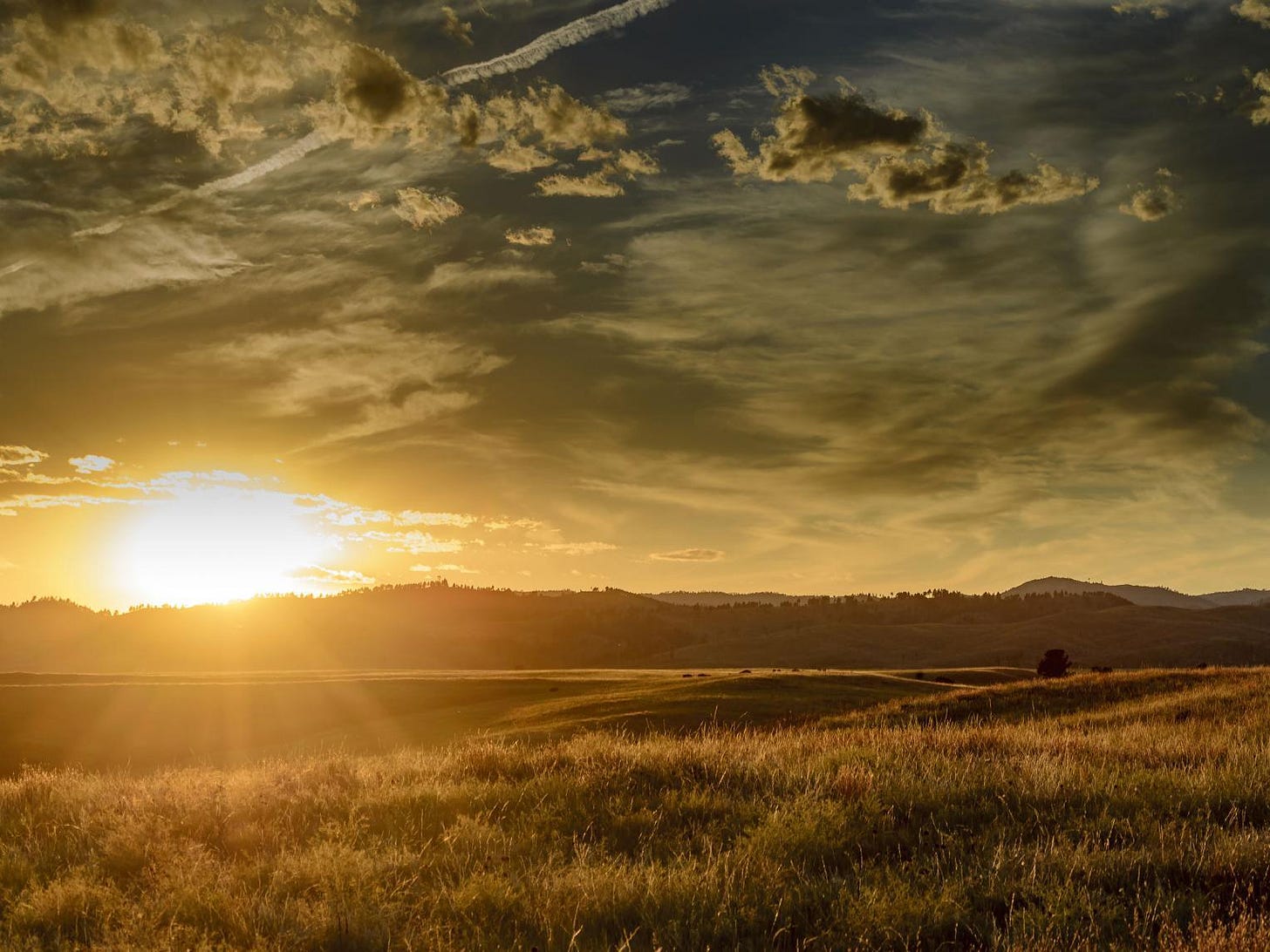Power Play
And from the Archives: I Knew a Farmer
Poor, poor, pitiful Austin got some bad national PR this past week with our ice storm. Reports of numbers varied but there were hundreds of thousands of people in the putative tech capital of America who were without electricity because of an ice storm. We can turn digital information into software but can’t keep the lights on. How this happens isn’t complicated. Why it happens is a bit more nuanced. Everybody from Austin’s new mayor Kirk Watson to the city manager and Austin Energy did an unacceptable job of making the community prepared and communicating in the wake of the freezing mess.
I grew up in a northernmost state in the Midwest and I cannot remember ever being without power. We endured blizzards that put several feet of snow on the ground, and even an ice storm like the one that was just visited upon Texas did little to slow down life and commerce up among the Great Lakes. Of course, we had salt and sand and trucks to spread it out onto the roadways, and it makes no sense for Texas cities to invest in such equipment when severe winter weather tends toward the anomalous. But that’s no excuse. If people have to be without power when it is cold, there better be a very compelling reason for the failure, and an even better one if there is a blackout in the summer and air conditioning isn’t available. In this most recent case, there was a cause that was readily explainable, but no one readily offered the info.
In winter storm Uri, (I still think naming storms is hilarious), the problem was the grid. It was not winterized and there were breakdowns in natural gas supplies and generators failing in the cold. Energy companies have had no motivation to invest in upgrading to withstand extremes of cold and ice, and when parts of it failed, large groups of people were without power. Suppliers of natural gas, however, made billions as prices per cubic foot rose astronomically. Most everybody down here knows this story, and how the energy companies donated millions to the Republican governor who allowed them to make billions and not change much of anything. Meanwhile, residential consumers of energy have had their bills increased with ridiculous surcharges to compensate their power suppliers who had to pay the jacked up prices of gas.
The most recent failure had nothing to do with the grid, though. Iced power lines collapsed and broke, trees fell on lines and houses and caused disconnections. There were thousands of breaks in the network, and each had to be repaired individually. This was not a simple case of finding and repairing a broken transformer. In some cases, crews had to go door-to-door and reconnect houses. This took time. I have friends who were without electricity for six days and as I write this some that are now at a week in the dark. That’s what happened, and the fix still is not complete.
Why wasn’t the public properly warned and informed, especially after it was clear there was a major failure across the electrical network? The mayor and council appear to be ready to blame the city manager, and it’s possible he will become the fall guy for one of America’s most visible and attractive cities not informing its citizens. People were left in the dark and without information. Regular texts on problem locations, where crews were working, where they were headed next, neighborhoods that would take a while; all of this information was available and ought to have been shared. Regular public briefings with updates and a crisis management team to develop proper communications tools would have all made this less of pile up.
Could the power companies have done anything differently? Not without investing. Putting power lines underground is certainly the best method for avoiding downed lines, but that’s expensive, and if they won’t invest in properly upgrading their generating plants, odds are good they aren’t going to trench and bore to hide lines, protect power, and not ruin views. Taller poles strategically placed could also reduce exposure to trees and even poles located at closer intervals would reduce drag on lines when they accumulate ice are high winds. But those investments cost money and power companies are in the business of making money, lots and lots of it, and not spending it to guarantee they can deliver their service.
I’ve done a lot of crisis communications consulting through the years and this may very well become a case study in how not to manage a terrible municipal situation. There are countless communications tools from texts to websites, streaming news briefings, and call centers, but there seemed to be little cooperation or coordination between the energy companies and their customers. The elected community leaders who are supposed to keep the street lights working, and the juice flowing to your TVs and desktops simply did not do their jobs.
And that’s the least we should expect in one of America’s grandest cities.
I Knew a Farmer
(There are times, admittedly, too rare, when the democratic process works precisely as envisioned. The public voice becomes amplified by consensus, journalism tells the story, and government and business must respond. Below is one such story that saved a sunset and altered the course of my life. - JM)
We were flying due north out of Omaha. The old DC-3 had shuddered with effort on takeoff and rose so slowly we thought the treetops would remain just beneath our wingtips for the entire trip. Level much later at around 20,000 feet, the props spun with efficiency and the checker-boarded plains below slipped away to our rear with a mystifying slowness. Small towns speckled the prairie and twinkled at dusk. Long trains ran toward the orange light of the evening west.
After we crossed over the Canadian border and turned northeastward, the roads beneath us narrowed and the earth showed less illumination. Late sun on the flat land revealed the dark pines were shrinking in height. Eventually, there were almost none emerging from the tundra.
The PR man was happy, though. Reporters had cocktails and everyone was friendly in the back of the cabin. There was a false sense of adventure. The power company had arranged the flight to upper Manitoba, Canada, at the western shores of Hudson Bay. A great trading company had once sent animal pelts from these remote reaches to global capitals. There were now moose and bear and the rivers that were still wild and snow machines and a few people.
“There’s already a dam down there,” the PR man said. “It’s generating a lot of electricity. Not all of it gets used. Why don’t we use it?”
“Maybe it’s just not needed,” I said.
“Of course, it is. We are growing. America is always growing. And we can’t do that without affordable energy.”
He was the only one on the flight wearing a tie. His confidence was not convincing and the trip was growing long. There seemed no lights below to give us any indication of where the outdated passenger plane might alight on the ground.
The dam we saw the next day was a massive white obelisk that had been laid on its side. A mighty river had been contained behind it by concrete and steel. Trapped water was forced through gates and turned absurdly large turbines. Electricity spun out into 161 kilovolt lines across Canada and ran manufacturing plants across the country and TV sets in luxury cabins up in the Okanagan.
“Canada produces more power than it can use from this one dam,” the PR man told us. “There’s no reason we should not try to get this very affordable energy down into our country. That’s why we are proposing the Mandan power line.”
I loved the name of the power company’s project. The Mandan were a small tribe that had lived along the Heart and Knife rivers in the Dakotas. They had their own language, a derivative of the Sioux tongue. They were not given to tribal warfare and had little resistance to offer as the white Manifest Destiny blew through their villages. I decided to call my series of reports on the power project, “Man and the Mandan.” I just liked the sound of the words gathered.
We went up in a helicopter and flew out over Hudson Bay and skimmed the river and marveled at its dark swiftness. The PR man sat in the front seat of the chopper and I took the back but he still spoke to me through the headset.
Hudson Bay, Manitoba, Canada
“You can see the potential here,” he said. “This river and this dam will always be generating power, unless the world runs out of water.”
Back up in the sky in the old tail-dragger a few days later I watched the sectioned land and the dark green splotches of crops. The country had been divided by an ordinance in the late 1800s into mile square sections. Railroads were seduced into building transcontinental lines when the government gave them every other square mile section along the route. Land was money. The history of that law was apparent in the farmland plaid visible from the air.
The Mandan Power Line was engineered to cut across the high plains of the Dakotas and down into Nebraska. The Omaha power company wanted that cheap energy from Manitoba. Inexpensive electricity would be sold into the Mid American Power Pool and be marked up to profit the shareholders of the Omaha supplier. No one believed the consumer was likely to benefit.
I went back north into the Dakotas to talk to landowners. There had been very few towns visible from the airplane but the power line route went near a few farm communities. In Iroquois, when I asked about the Mandan, I was told to talk to Marlin. He was growing wheat in wide fields out in the northern flatness.
Near Iroquois, South Dakota
“Ain’t nothin’ comin’ between me and that sunset,” Marlin Clendening told me. “I don’t care what the power company says, this isn’t that important. They can find another way to do it.”
A few children moved through his house. Marlin was tall and angular and his limbs were loose and his animation made his perspective more visible to me. His wife stood behind his chair, her hand on his shoulder as he talked, a kind of indoor American gothic image.
“I’ve been a farmer since I was a kid and I’m always going to be a farmer,” he said. “And I don’t need a 161 kilovolt line crossing my property, hanging right there in front of the sun, and maybe even killing my animals.”
There were early studies in the eighties that indicated increasing stillborns during calving season if the mothers grazed beneath power lines. No one understood electrical smog but we were encouraged to take a fluorescent bulb and stand beneath a 161 KV line and watch the emanations cause the light to activate. We did. And it made good video.
“Tell me why their power line is so important,” Marlin said. “Do you really think they are worried about being able to manage growth? Of course not. This is just about making money selling cheap power. Well, they aren’t taking away my prairie and my sunset. We are gonna fight.”
A South Dakota Sunset
Clendenning organized farmers and environmentalists. They went to hearings, wrote letters, called members of congress, cajoled local elected officials, and confronted the Omaha power company. The sunset was in jeopardy.
The power line was never built. Clendenning’s singular resistance was too much for the multi-billion dollar project. The cost was never justified. Instead of giant towers stalking the plains and black lines crossing the precious blue horizon, the sunset remained unimpaired.
My reports on the Mandan got some attention and I was invited to New York City to receive an award from Dartmouth College. The National Media Award for Economic Understanding also involved a nice check for a young journalist. I stayed in the Plaza Hotel and was on the same dais with Dan Rather and Peter Jennings. Job offers followed and opportunity rolled out in front of me.
I expect Marlin Clendening stayed on his farm along that dirt road south of Iroquois. My hope is that he has had a full life and the earth has been good to him and given him abundant crops. Maybe there are grandchildren tugging at his pant legs and he and his wife take them to the back porch at the end of the day after dinner. They look west together where the weakening sun still brightens the wheat that appears alive in the wind. There is no power line crossing his horizon, though, only birds and the invisible things that ride in the breeze.
I hope Marlin Clendenning lives a long, long time. He deserves a lot of sunsets








Well, I wonder if instead of power lines, he now has wind turbines to look at? I do appreciate your use of language and photography in the article, glad to subscribe. Thanks
I've been watching the trees and vegetation here in south central Texas change for over 20 years now. The trees are dying from excessive heat and alternating drought and flash flood events. Climate change in the form of overheating has been occurring for over twenty years now. This is based on my perspective as a Native Texan and someone who's spent a lifetime ourdoors. If anyone who's been around awhile observes our trees, especially the older oaks of all species, it's obvious they're under great stress. Additionally, the pecan trees and many others. They're dying outright, or looking pretty peaked. Many are covered in ball moss and other growths. These are indications of unhealthy trees, no matter what anyone says. My huge old post oaks are losing their bark, drying out and dying. En mass. My speculation is that the trees in Austin, are breaking under the weight of the ice, because the trees are too dry. We've had ice storms before and never experienced such extreme energy disruptions. Though, i also believe that the issues described in the article here also are a large part of the problem. But, our trees are dying, our environment is changing. It's too late to stop it. The question now is what can society do to ameliorate the effects of global warming?